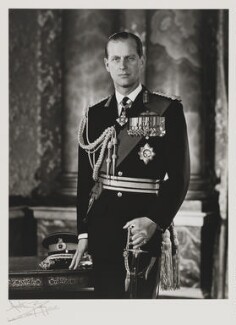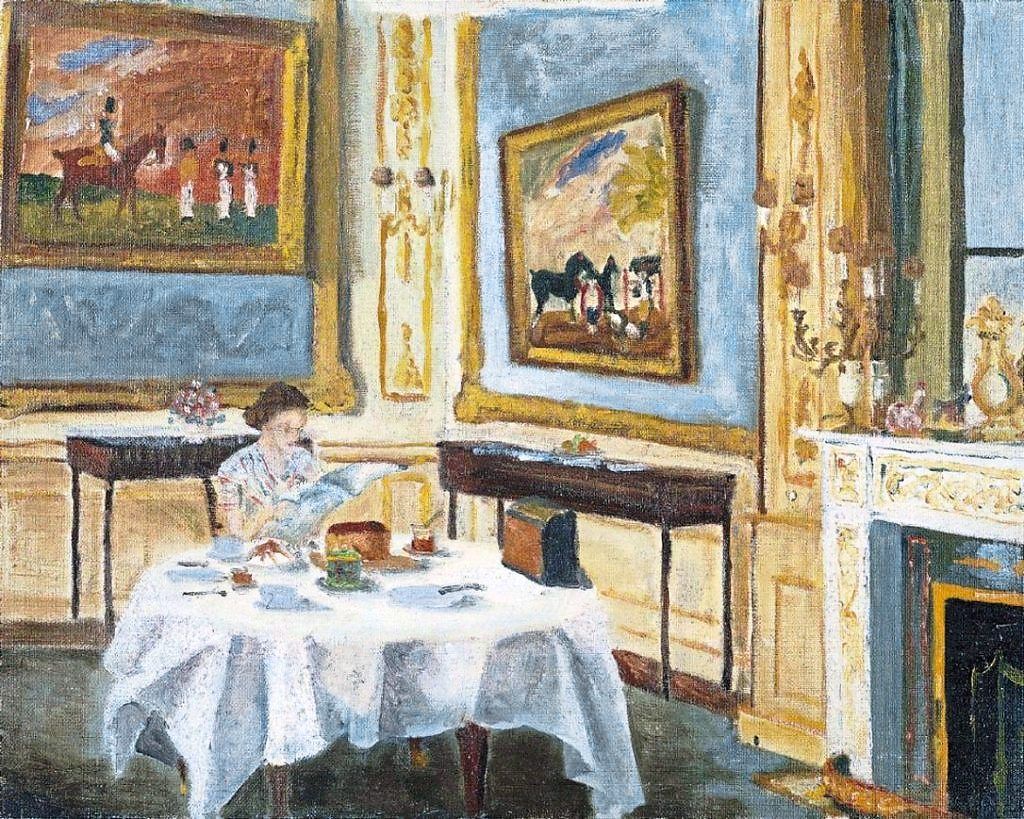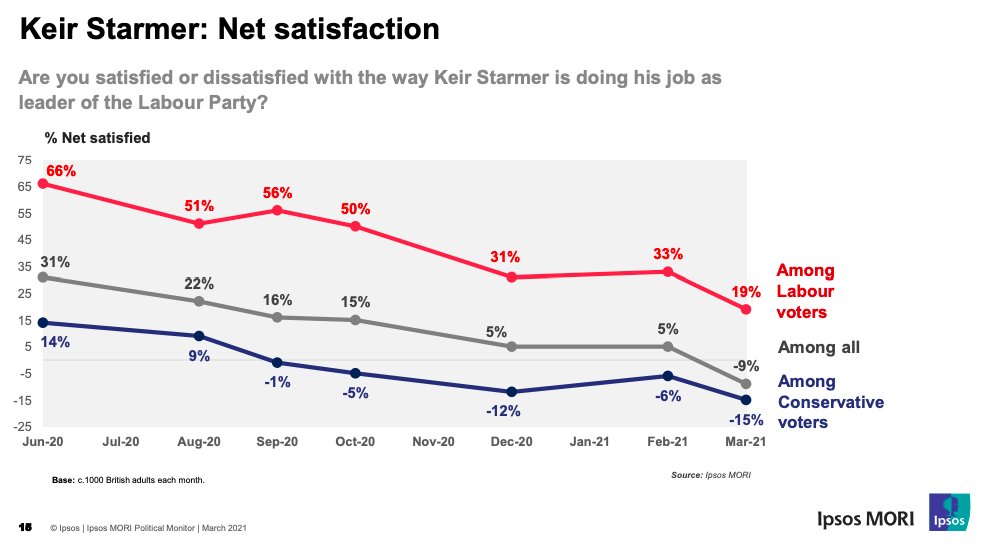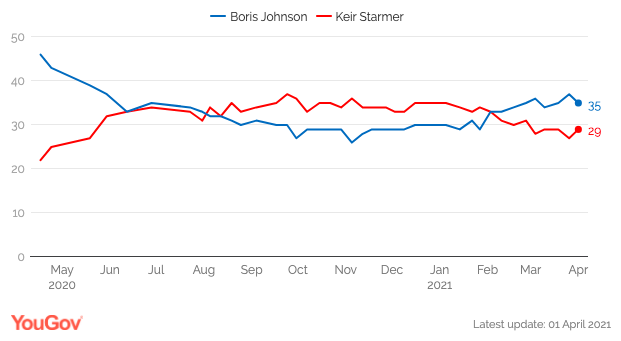by Matt Goodwin
A version of this essay appeared in the Sunday Times
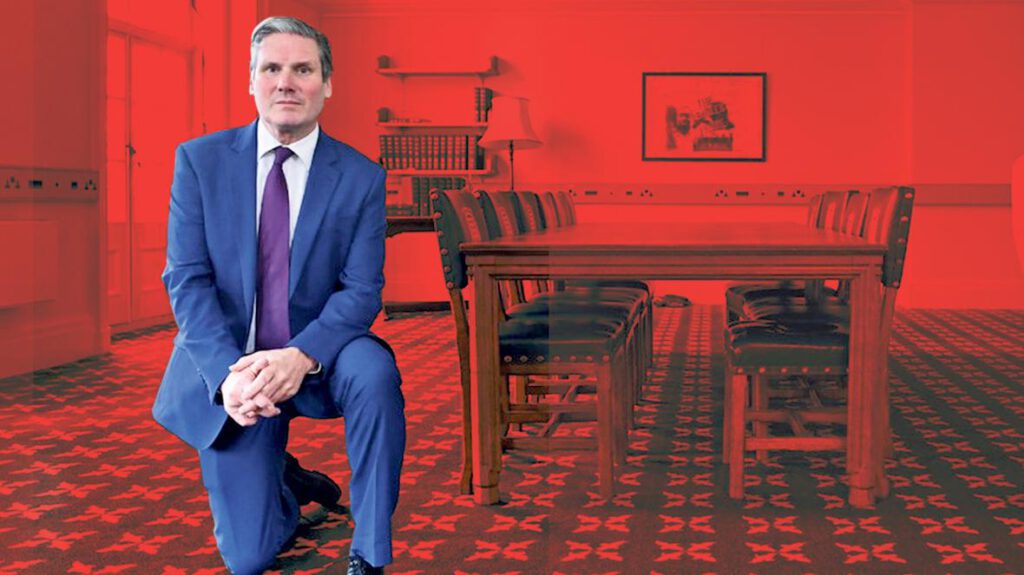
| Labour’s humiliation at the recent by-election in Hartlepool is a powerful reminder of a simple point: there is no guarantee that a political party will live for ever. Reduced to its lowest number of seats since 1935, plagued by infighting and now losing one cherished heartland after another, the strange death of the Labour Party is unfolding before our eyes.D o not let anybody tell you that Hartlepool does not matter, that it is “only” a by-election in the middle of a pandemic. The last time a Conservative was elected in this area, Cliff Richard topped the charts with Living Doll, Ben-Hur was in the cinema, Winston Churchill was still alive and Tony Blair was six. The Conservatives not only captured the seat after being in power for more than a decade but did so with the sharpest increase in the vote for any incumbent government at a by-election in Britain’s postwar history. Hartlepool is now the 55th seat that the Conservatives have taken directly from Labour in the past two years, 51 of which voted for Brexit. The questions that now face Labour have been summarised by one senior figure, who told Times Radio’s Tom Newton Dunn: “To be honest, the party is so f***ed it’s not really a question of what leader. It’s more existential. What’s the point of the Labour Party?” Increasingly, the idea of Labour winning the next election looks implausible while theoretically the entire rationale for the party appears to be slipping away. For Sir Keir Starmer to win the next election he will need about 125 seats, eclipsing the swings that Clement Attlee and Blair achieved in 1945 and 1997. Labour needs to be 12 points clear in the polls, surging through England. Today, it is 10 points behind and losing England.This would leave Britain with the longest period of Conservative dominance since the early 1800s, before the onset of mass democracy, and cement the party’s reputation as the most electorally successful party in the Western world. Ever since the successful rollout of the Covid-19 vaccination programme Labour has slumped in the polls and Starmer’s personal ratings leave much to be desired. After everything — coronavirus, Cummingsgate, cronyism, wallpaper — if you ask people who they think would be the best prime minister, Starmer trails Boris Johnson by an astonishing 15 points. Only this week, his approval rating slumped to the lowest since he became leader while Johnson still holds a 15-point lead among the working class.Yet leadership is only a small part of the story. Starmer, like Jeremy Corbyn before him, is the latest victim of a much deeper realignment of British politics, which is also unfolding across many Western democracies. Hartlepool is merely the latest episode in a much longer story in the restructuring of politics that is leaving Labour on the wrong side of change, staring into the abyss. The Labour Party was built for organised labour, for a politics that was based neatly on “left” versus “right”, where people’s class loyalties did much of the heavy lifting. But even then, it struggled to connect with a country that remains instinctively conservative. Only three Labour leaders have won majorities at elections and only one was born in the past 100 years. Take away Tony Blair and Labour has not won a solid majority for more than half a century.This is why, in the 1960s, one unknown academic — Frank Parkin — suggested that the real puzzle in British politics was not why one third of the working-class consistently voted Conservative but why so many people voted for socialism, which was fundamentally at odds with Britain’s conservative roots. The only Labour leader in recent history to buck the trend was the only one who accepted and worked with this basic reality: Blair, who also shed Labour’s socialist clothes. And so its election record over the past 40 years, as Peter Mandelson pointed out last week, reads: lose, lose, lose, lose, Blair, Blair, Blair, lose, lose, lose, lose. Today, Labour’s disconnection from the wider country is being amplified by a new fault line separating “cosmopolitans” and “traditionalists”, which has little to do with class and much more to do with people’s age, level of education and also their geography: it is values that are now doing the heavy lifting.Cosmopolitans are the young, university-educated, middle-class Londoners and university-towners who think that Brexit is disastrous, support rising diversity, are passionate advocates for Black Lives Matter and other worthy causes and lean toward feeling ashamed, rather than proud, of Britain’s history. Traditionalists are older, working-class, lack degrees, live in small towns and industrial heartlands and want to see a far more robust defence of the nation, its history and culture. This rift is giving rise to things that we have simply never seen before in British politics. Just look at the last election: 77 per cent of 18 to 24-year-old “zoomers” voted for socially liberal parties while two thirds of the older baby boomers voted for pro-Brexit parties. Johnson had a 30-point lead among people who left school after their GCSEs, while had only graduates been allowed to vote then Corbyn would currently be prime minister.The Conservatives are more popular than Labour among people on low incomes while Labour is more popular among people on high incomes. The right is no longer the party of the rich and the left is no longer the party of the poor. This shift has thrown Labour into chaos, not only because it has cut across the old left-right split but because the party spent the past 20 years investing in only one side of the culture divide. Cosmopolitans flooded Labour’s parliamentary party and membership.The much larger group of left-leaning traditionalists in the Labour tent, people who lean left on the economy but right on culture, were pushed aside. New Labour walked into the casino of British politics and pushed all of its chips behind middle-class graduates. It paid off in the short-term but set the stage for the revolts of the past decade: populism, Brexit, Johnson, Hartlepool. All of them were driven primarily by workers, non-graduates and hacked-off traditionalists.“Labour have taken people in Hartlepool for granted too long,” said the new Conservative MP Jill Mortimer last week, the first woman ever to be elected as MP for this town. “I heard this time and time again on the doorstep. ”There is no easy way out. As I explained to demoralised Labour MPs after the 2019 election, they are haemorrhaging blue-collar votes in the small towns and industrial heartlands to apathy or a Conservatism that leans left on the economy and right on culture, and liberal graduates and professionals to the Greens and Liberal Democrats. Many Labour insiders have feared this nightmare scenario ever since the 2019 elections to the European parliament, when Labour was battered by the Liberal Democrats on one side and the Brexit Party on the other. The party, pushed on by Starmer, made the fatal mistake of falling in behind a second referendum and prioritising Remainia over Brexit Country. And by standing as Remainer in Hartlepool they showed they have still not grasped the lesson. For the past year, Starmer and his advisers thought they could sidestep this deeper shift by downplaying Brexit and talking up the economy, competence and Tory sleaze. But Hartlepool has blown a big hole in the strategy. Johnson, the Old Etonian and Oxford graduate, is the beneficiary of the realignment, tapping into the “C2” skilled workers — factory workers, mechanics, plumbers and the “Greggs Guys” — who desperately want to believe in Britain and not be told on a daily basis they are ignorant racists. The quietly impressive performance by the Greens this week is a big hint that we may well be heading in the same direction as our European neighbours, such as Germany, where cosmopolitan parties are eclipsing the old centre-left. Fast-forward ten years and I’d not be surprised to see the Greens or Lib Dems as a much bigger force, rallying zoomer graduates, middle-class professionals and city-dwellers in the face of a Labour Party that looks bewildered and lost.This is why some argue that Labour should cut the cord with blue-collar Britain now, rip off the plaster and turn instead to the emerging “Blue Wall”, more than 40 seats that are filled with millennial and zoomer graduates becoming more liberal over time and trending away from the Conservatives. But while this strategy might be viable in 20 years, it would be a fatal mistake today. There are nowhere near enough of these seats to compensate for Labour’s losses in northern England. The reality is that Labour is stacking votes in places where it does not need them, such as London, while losing votes where it desperately does, such as Hartlepool. Here is one statistic that every Labour activist should keep in their heads: of the 44 most vulnerable Labour seats today, 39 are outside of London and the south. These are what I call the “Red Wall 2.0” seats and there is no route back to power for Labour that does not run through them and England, where Labour has still not won the popular vote since 2001. The fall of Hartlepool, made possible by Brexit Party voters decamping to Johnson, suggests that at least another two dozen blue-collar seats could also fall to the Conservatives at the next election, such as Yvette Cooper’s Normanton, Pontefract & Castleford, where her majority has been slashed from nearly 15,000 votes in 2017 to barely 1,000 today, or Dan Jarvis’s Barnsley Central, where his majority has crashed from over 15,000 to barely above 3,500.To hold them, Starmer needs the modern-day equivalent of Blair’s “Tough on crime, tough on the causes of crime”, a message that can cut through with traditionalists while not alienating cosmopolitans. Yet spend five minutes on Twitter, where Labour’s “woke” progressives deride such moves as “racism”, and it becomes clear why Starmer is in a fundamentally different position from Blair. As Labour’s organisation has veered left, the flexibility that it needs to meet the existential challenge has diminished.There are simply no easy answers for a Labour Party that was formed in a world defined overwhelmingly by economics and class, but which now finds itself in a world that is shaped far more by culture and values, leaving many voters like those in Hartlepool asking the same question: what’s the point of the Labour Party? Best wishes, Matt Goodwin Twitter – Website – Speaking |
| Copyright © *2019* *Matthew Goodwin*, All rights reserved. |
